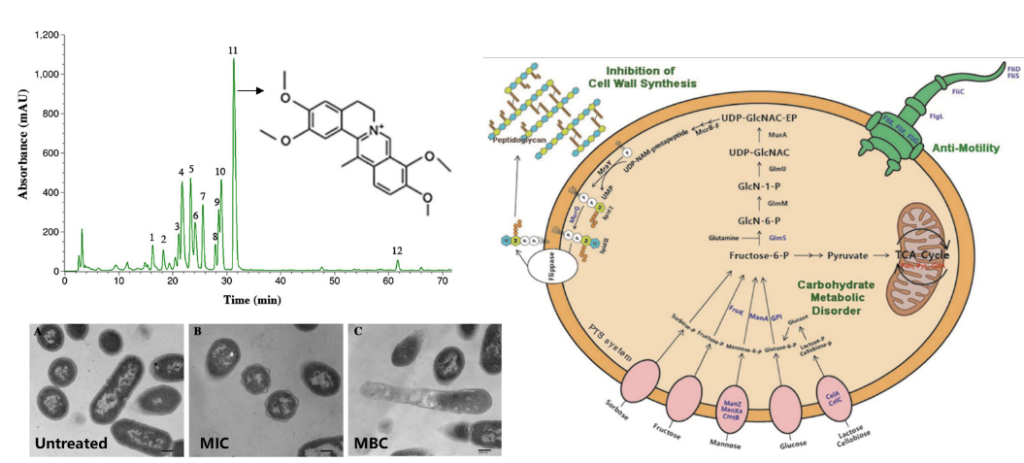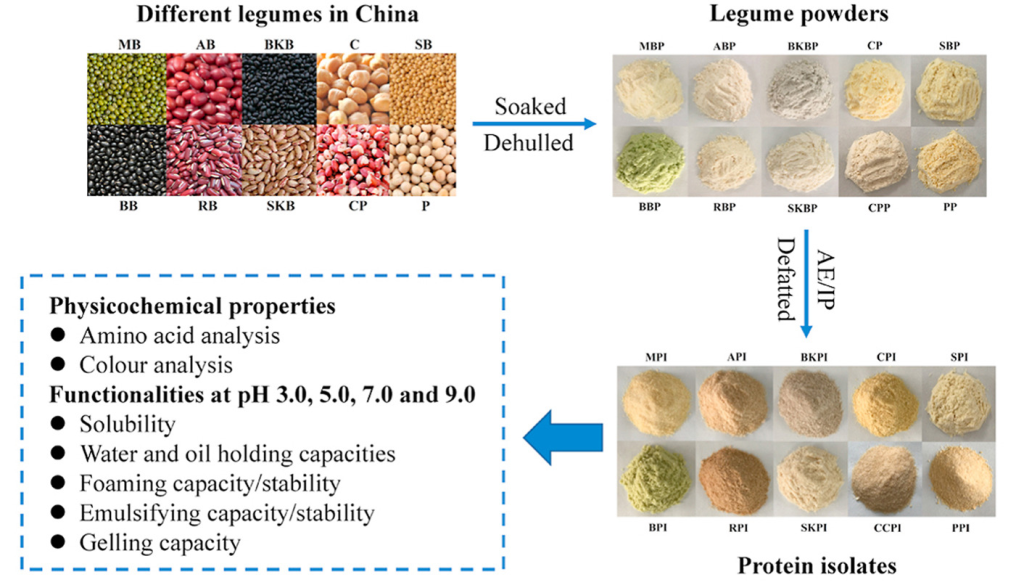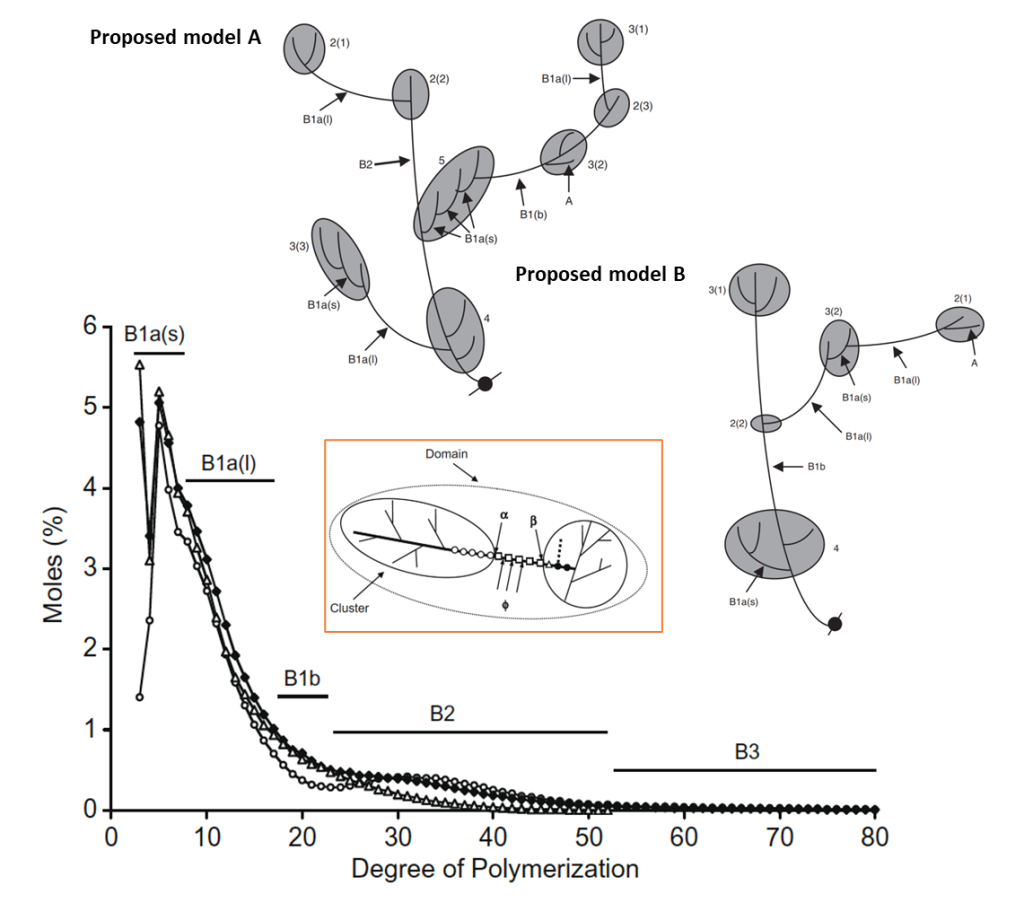Welcome to Food Innovation Group!
Our research group focuses on the healthful starch-based foods and functional bioactive materials (polyphenolics, starches and other polysaccharides, and proteins) for both laboratory and industrial applications.
- From nanoscale texture to sensory perception of starchy materials: We are investigating the relationship between fundamental texture and human sensory perception of starch-based foods. The starting point is atomic force microscopy of cooked starch surfaces, such as a starch sheet (noodle equivalent as a model system) or a rice grain. The surfaces of these starches may be modified by various methods, such as variation in amylose-amylopectin ratio, use of salts, enzymes, etc. in processing. Our aim is to be able to model texture from the nanoscale surface, through realistic predictive testing which take account of saliva, tongue action and dental morphology, to sensory testing with human panels.
- Healthspan improvement using functional grains: This integrates ideas developed in past and current research on functional bioactive materials (polyphenolics, starches and other polysaccharides, and proteins). Interaction of prebiotic matrix (such as starch-antioxidant combinations subjected to fermentation) and further fermentation in the gut is used to manage the gut microbiota and suppress pathogenic bacteria. As well as seeking human health benefits, this approach is useful in animal nutrition.
- Problem-solving for the Chinese food industry: Ad hoc assistance on a grant funding basis to enhance safety, novelty and uniformity of products. Focusing on value-added processing of grains and development of healthful functional materials and products, sensory and safety investigations, and market studies.
In general, our research is based on wide problems that require multidisciplinary approaches, from engineering, chemistry, genetics, oral biology, microbiology, etc. We believe in identifying interesting problems, then seeking out the techniques and expertise from others as needed to tackle the problems.



Screening of small molecules in natural antibacterial plants and study of their antibacterial molecular mechanisms
Physicochemical and functional characterization of isolated proteins from 10 edible legumes in China
Structural properties of amylopectin cluster alter the susceptibility of starches towards enzymatic hydrolysis
